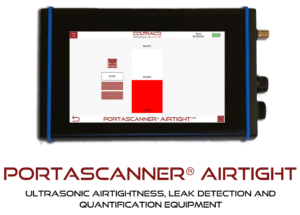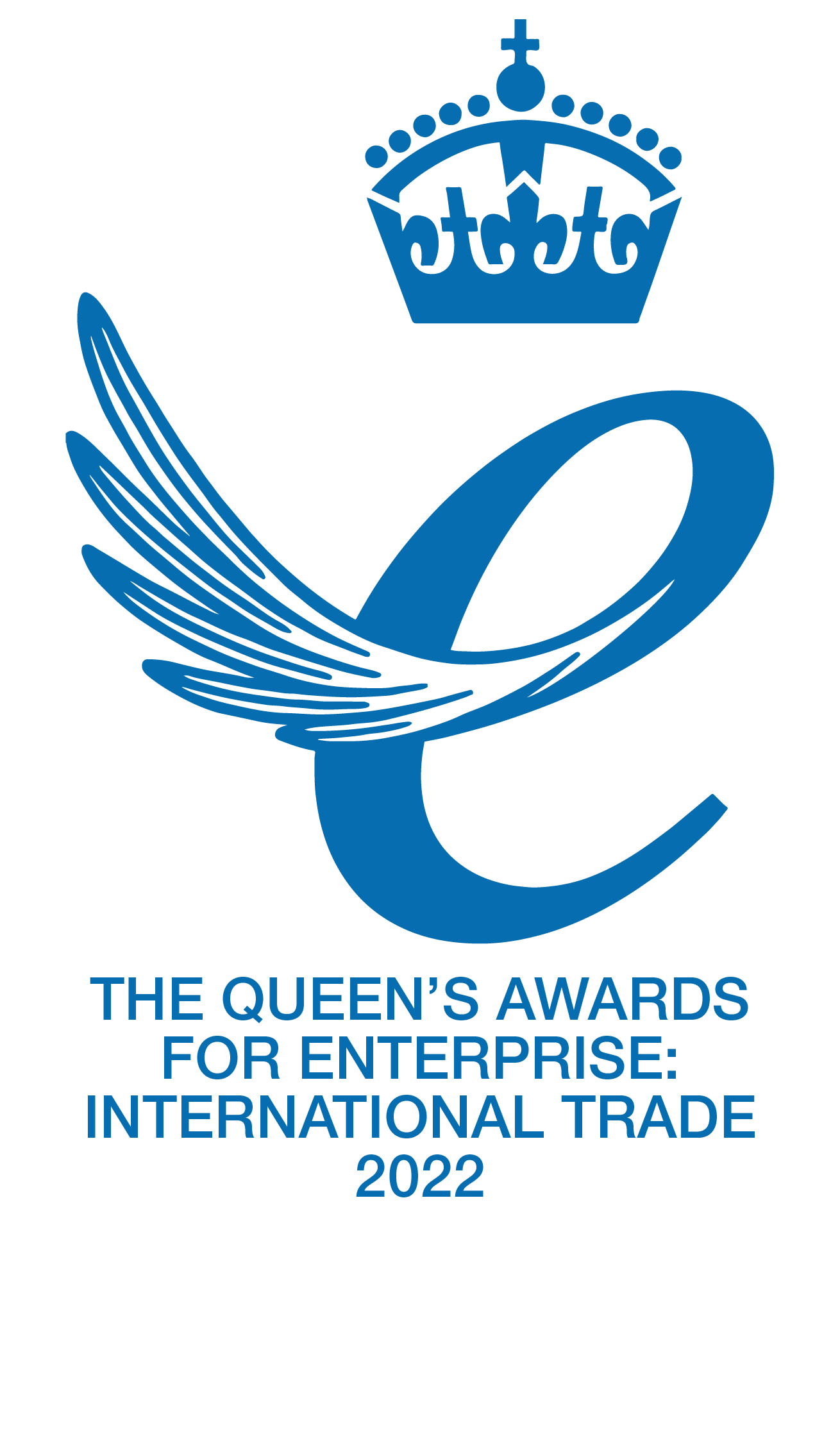What is Leak Testing?
Water ingress through hatch covers can cause devastating damage to cargo, leading to financial losses, safety risks, and reputational harm. Regular leak testing is essential for maintaining your vessel’s watertight integrity. But which method is right for your operations? Let’s explore the most effective and commonly used techniques for testing hatch covers and how ultrasonic testing sets a new industry standard.

What Are the Main Methods for Testing Hatch Cover Integrity?
1. Visual Inspection: Is It Enough on Its Own?
Visual inspection is the most immediate form of leak detection. It involves checking gaskets, compression bars, drainage channels, and coamings for signs of wear, cracks, or corrosion. While it’s a valuable part of routine maintenance, visual inspection alone can’t detect invisible faults or micro-leaks. It’s best used as a first step, rather than a standalone solution.
2. Water Hose Testing: Where Does It Work Best?
Water hose testing replicates rain or sea spray conditions by spraying high-pressure water over closed hatch covers. It’s low-cost and straightforward, but has significant limitations:
- Not permitted in all ports due to environmental regulations.
- It cannot be conducted in freezing temperatures.
- Detection depends on visible water ingress, which can be subjective.
This method helps identify apparent breaches but lacks the precision required for high-value cargo or strict regulatory compliance.
3. Ultrasonic Hatch Cover Testing: Why Is It the Preferred Method?
Ultrasonic testing is the most reliable, noninvasive method for detecting even the smallest leaks. An ultrasonic transmitter placed inside the cargo hold emits sound waves that are measured externally by a receiver. Any detected sound leakage indicates a breach.
- Advantages of ultrasonic testing:
- Works in all weather conditions.
- Provides quantifiable data.
- Detects leaks invisible to the naked eye.
- Complies with IACS and classification society standards.
Coltraco’s Portascanner® systems are trusted globally for their accuracy and ease of use, offering a robust solution for vessel operators, surveyors, and insurers alike.
4. Vacuum Box Testing: When Is It Used?
- Vacuum box testing creates a negative pressure zone over specific welds or seals and monitors pressure changes to detect air ingress. This method is highly accurate but:
- Requires dry-docking or access to particular ship areas.
- It is time-consuming and more suitable for structural inspections during shipbuilding or repair.
- Vacuum testing plays a role in comprehensive surveys but is rarely used for routine, in-service testing.
Which Hatch Cover Leak Test Is Right for You?
Selecting the most appropriate method for hatch cover leak testing isn’t just about ticking a regulatory box; it’s about safeguarding your vessel, cargo, and commercial reputation. The right approach will depend on a combination of operational and technical considerations that vary from ship to ship.
Here are the key factors to consider when choosing a hatch cover testing method:
Vessel Schedule and Port Regulations
Time in port is often limited, and many operators face tight turnaround schedules. Some traditional testing methods, such as the water hose test, require time-consuming setup and may be restricted or even prohibited in specific ports due to environmental or safety regulations.
Ultrasonic testing, by contrast, can be performed quickly, even during loading or unloading, and complies with global standards, making it ideal for vessels with tight operating schedules.
Cargo Type and Sensitivity
The nature of your cargo can heavily influence your choice of testing method. Delicate or high-value goods, such as pharmaceuticals, electronics, or foodstuffs, are particularly vulnerable to minor water ingress.
In these cases, a quantitative and noninvasive method like ultrasonic testing provides the level of precision required to ensure full protection. It can identify microscopic leaks that might be missed during visual or hose testing, helping to avoid claims and cargo damage.
Inspection Accuracy Required
Certain inspections, especially those related to classification society compliance, insurance requirements, or pre-charter conditions, demand more testing rigour and documented evidence.
Ultrasonic systems like the Portascanner® provide precise, numerical results that can be recorded, stored, and referenced. This level of traceability is essential for third-party verification and demonstrates due diligence in hatch cover maintenance.
Operational Environment
Ships operating in harsh or variable conditions, such as heavy seas, icy waters, or extreme humidity, are at greater risk of structural fatigue and seal degradation. The test method used must be both robust and adaptable.
Ultrasonic testing is not weather-dependent and can be carried out in virtually any environment, making it particularly well-suited to vessels operating in challenging climates or remote regions.
A Balanced Approach: Why Ultrasonic Testing Stands Out
When weighed against other methods, ultrasonic testing consistently offers speed, reliability, safety, and compliance. It eliminates the subjectivity of visual inspection and the environmental limitations of water hose testing. It also reduces downtime and provides data you can act on immediately.
For shipowners and operators seeking a proactive maintenance strategy that aligns with regulatory frameworks and commercial expectations, ultrasonic testing is widely regarded as the industry’s method of choice.
Why Choose Coltraco for Ultrasonic Leak Detection?
At Coltraco Ultrasonics, we bring over three decades of engineering excellence to the forefront of ultrasonic testing technology. Our commitment to maritime safety is not just a mission, it is a responsibility we share with every ship owner, operator, and surveyor tasked with protecting lives, cargo, and reputation at sea.
Our flagship Portascanner® range represents the leading edge in ultrasonic hatch cover testing. Built with portability, accuracy, and user-friendliness, these systems allow for non-invasive, repeatable, and quantifiable inspections of hatch covers and other critical watertight seals.
Trusted by Professionals Worldwide
Our technology is trusted by:
- Global shipping lines are seeking to minimise cargo damage risk.
- Naval fleets operating in extreme conditions.
- Classification societies and marine surveyors for statutory inspections.
- Marine insurers require verifiable proof of watertight integrity.
Every Portascanner® device is developed and manufactured in the UK, and is backed by comprehensive training, calibration, and technical support to ensure you can operate confidently.
Supporting Safety Through Innovation
Leak detection is not just about identifying weaknesses; it’s about preventing failures before they occur. Our ultrasonic solutions empower onboard personnel to act early, reducing downtime, preventing costly claims, and supporting compliance with IACS, SOLAS, and IMO regulations.
When accuracy matters, Coltraco’s systems deliver. Whether performing regular checks during cargo operations or supporting class renewal surveys, our instruments are engineered to perform with precision.
Ready to Improve Your Leak Detection Strategy?
Hatch cover leaks are avoidable, but only if identified before it’s too late.
Don’t leave watertight integrity to chance. Partner with Coltraco and integrate ultrasonic leak detection into your maintenance routine for reliable, verifiable results, every time.
Contact Coltraco Today to speak with one of our marine safety specialists.






